Software as a Service (SaaS) Stressors
Challenges from implementation to growth.
Software as a Service (SaaS) is the industry that undeniably moves fast but breaks faster. Platforms that promise to “revolutionize” collaboration, automate the tedious, or unlock new efficiencies in the cloud, pop-up all the time. Yet most SaaS companies wrestle with the same invisible pressure: how to build, launch, and grow a product that actually lasts.
The SaaS model is beautiful in theory: recurring revenue, global scalability, automatic updates. In practice, it’s an endurance test. Implementation hurdles, scaling pains, user churn, technical bottlenecks, and cultural misalignments can grind even the best ideas to a halt.
In this post we will try to map common challenges that define the SaaS lifecycle. This isn’t a checklist but a stress map including factors that can determine whether our products thrive or burnout.
For better navigation, we have grouped the identified stressors in five major challenge zones.
Technical & Product
Business
Team
Customer
Implementation & Governance
1. Technical & Product Challenges
Building for Change.
There are software systems that can be fast, elegant, and even “user-loved”. However, these same systems can collapse spectacularly when success arrives too quickly. In the SaaS world, growth isn’t always connected with progress and vise versa.
In the early days of SaaS, scalability was often treated as a “future problem.” Teams focused on features, not foundations. The result was performance bottlenecks, database meltdowns, and the famous “please refresh” message that haunted every beta launch. Over time, architecture became strategy. Concepts like elastic scaling, microservices, and feature flagging evolved not just as technical patterns but as survival mechanisms.
Integrations followed a similar story. The modern SaaS product rarely stands alone. It must coexist with CRMs, ERPs, payment gateways, and analytics stacks. Compatibility is no longer a luxury; it’s part of the user promise.
And then there’s security, the quiet guardian of trust. Where early SaaS teams treated encryption as optional, compliance frameworks like GDPR, SOC 2, and HIPAA have since made it mandatory. Not just for legality, but for credibility as well.
Ultimately, technical resilience in SaaS is not about writing perfect code. It’s about writing code that endures, adapts, scales, and survives contact with real users. The mature SaaS product is not built for launch day. It’s built for the thousand unpredictable tomorrows that follow.
2. Business Challenges
Strategy Under Pressure.
When the first generation of SaaS founders spoke about “recurring revenue,” it sounded like a dream. Predictable income, infinite scalability, and low distribution costs. In reality, it was the beginning of a new kind of pressure: the constant demand for retention over acquisition and value over novelty.
At the heart of every SaaS business lies a question: Who is this for, and why will they pay for it again next month?
Finding that answer determines whether a company grows sustainably or fades quietly into a market that has already moved on. This is what we call product - market fit.
Pricing is the next battlefield. Subscription models promised stability, but also introduced psychology into revenue strategy. Tiered pricing, usage-based billing, and freemium models make evident that the closer price aligns with perceived value, the stronger the company’s financial resilience.
Beyond revenue design, SaaS businesses must navigate hidden costs. There are vendor dependencies, API fees, and compliance overheads and more. Meanwhile, the competitive landscape grows noisier every quarter. Winning today is less about adding features and more about building ecosystems that embed your product into customers’ workflows and identities.
In this sense, SaaS strategy becomes less about growth hacks and more about orchestration. Aligning technology, finance, and brand storytelling under one clear vision. Because when everything moves fast, clarity becomes your only sustainable advantage.
3. Team Challenges
Alignment is Everything.
Software doesn’t scale! Teams do. And in SaaS, team dynamics can make or break a product long before the market gets a chance to.
Historically in product development, small teams thrive on shared context; everyone knows everything. As the company grows, that unity fragments. Engineering ships features marketing didn’t know about. Customer support learns about bugs from Twitter. It’s not incompetence; it’s entropy.
Cross-functional alignment is the antidote. Shared OKRs, transparent dashboards, and interdepartmental rituals. SaaS companies should aim to a collective understanding that the product is not “owned” by any one team, but by the organization as a whole.
The second challenge is talent. SaaS companies live in a domain that demands hybrid skill sets: engineers who understand UX, marketers who speak data, and leaders who can interpret both. The hiring market rarely provides these ready-made, so training and mentorship become strategic necessities, not perks.
Then comes change management. SaaS moves fast, but people don’t. Rolling out new tools or processes without empathy leads to fatigue, resistance, and eventual disengagement. The best teams treat internal adoption like customer onboarding: communicate early, train continuously, celebrate wins.
Last but not least, there’s culture. That subtle architecture of trust, feedback, and curiosity. SaaS may be powered by code, but it’s animated by people. A company that treats collaboration as infrastructure can outlast market noise and management fads.
4. Customer Challenges
Growth Beyond Acquisition.
In the SaaS industry we used to measure success by sign-ups. If the graph pointed up, optimism followed. But soon, founders realized that growth isn’t the number of people who try your product. It’s the number of those who stay.
Customer growth in SaaS is therefore less a matter of marketing and more a study in human behavior. Users arrive with expectations shaped by other platforms, other experiences, and other frustrations. The challenge is not just to attract attention but to build and sustain trust.
Onboarding is where this trust begins. A good onboarding flow is like a well-lit path through an unfamiliar city. Products such as Slack and Notion mastered this by embedding micro-discoveries. Those small “Aha!” moments that make a user feel clever, not lost.
Retention, on the other hand, is the art of staying relevant. It demands continuous dialogue, whether through updates, education, or community. When handled with care, these interactions transform users into advocates. The strongest brands don’t broadcast; they converse.
Transparency plays an equally central role. Outages, bugs, and delays are inevitable. What defines a SaaS company’s maturity is how it communicates during those moments. The teams that publish clear incident notes and speak candidly about failure often emerge with more trust than before.
In essence, growth in SaaS is not acceleration. It’s continuity. It’s the slow compounding of goodwill, usability, and transparency. Products that respect this rhythm evolve from tools into partners, from software into ecosystems.
As we mentioned earlier, the SaaS journey doesn’t end with acquisition. It begins with retention. And in that space between the first click and the thousandth login, true growth quietly takes root.
5. Implementation & Governance Challenges
Getting It Right the First Time.
Before a SaaS product dazzles users or scales to millions, it must first work! Reliably, securely, and predictably.
Implementation sounds straightforward: connect systems, migrate data, train teams. But in reality, it’s closer to a choreography between technology, people, and expectations. The most common mistake? Treating implementation as a checklist instead of a change process. When objectives are vague or success metrics undefined, even the best software becomes another unused license in a growing portfolio of digital clutter.
Then comes governance. Once upon a time, IT departments controlled every piece of software within an organization. Today, SaaS decentralizes that authority. Sales teams buy CRMs, HR signs up for analytics tools, and marketing subscribes to automation platforms. Without structured oversight, this freedom can easily turn into fragmentation.
Strong governance frameworks restore alignment without stifling agility. They establish clear roles for decision-making, vendor accountability, and compliance checks. In regulated industries, this becomes more than efficiency. It becomes protection. The difference between a well-governed SaaS ecosystem and an unmanaged one often appears only during crisis: one adapts, the other panics.
But governance isn’t just about control. It’s about visibility. Continuous performance monitoring, user feedback loops, and iterative improvement transform “go-live” from a finish line into a starting point. The most resilient SaaS companies never stop auditing themselves. They treat every deployment as a living system to be observed, tuned, and evolved.
In this light, implementation is not the first chapter of SaaS success. It’s just an introduction. It sets the tone for everything that follows: adoption, trust, and ultimately, growth.
Because a product that begins with clarity and governance doesn’t just launch—it lasts.
From Chaos to Continuity
There are software systems that can be classified by what they do and others by how they survive. SaaS belongs to the latter category. It isn’t simply a model for delivering software over the internet; it is an ongoing experiment in adaptability.
Throughout its evolution, SaaS has forced us to rethink what “finished” means. A traditional software release had an endpoint: a version number, a CD (in older times), a patch. SaaS erased that boundary. Deployment became continuous. Feedback became instantaneous. Failure became visible. In this sense, SaaS transformed software from a product into a process.
From implementation to growth, each layer of this process introduces its own kind of stress. The technical layer demands resilience. Systems that expand and contract with unpredictable demand. The business layer tests clarity. Finding a purpose in a market of noise. The team layer measures coherence. Aligning humans around shared context. The customer layer builds continuity. Nurturing trust long after the sale. And finally, the implementation layer anchors it all through governance. Ensuring the system doesn’t collapse under its own freedom.
The SaaS Challenge Map, is less a list of problems than a living framework of tensions. It reminds us that the real test of modern software isn’t functionality, but fragility. Every new feature, integration, or deployment adds complexity, and every layer of complexity invites risk. The goal is not to eliminate that risk, but to evolve through it.
In other words, the most successful SaaS companies do not aim to be unbreakable. They aim to be antifragile! Dynamic systems that grow stronger each time they are tested.
References:
Ful.io. Top 9 SaaS Development Challenges and Solutions to Overcome Them. Ful.io Blog. Published 2025. Accessed October 22, 2025. https://ful.io/blog/saas-development-challenges-and-solutions
Userpilot. 10 SaaS Challenges Across Product, Sales, and Business (and How to Overcome Them). Userpilot Blog. Published 2025. Accessed October 22, 2025. https://userpilot.com/blog/saas-challenges/
Imaginary Cloud. Top 10 SaaS Implementation Challenges and How to Solve Them. Imaginary Cloud Blog. Published 2025. Accessed October 22, 2025. https://www.imaginarycloud.com/blog/top-10-saas-implementation-challenges-and-how-to-solve-them



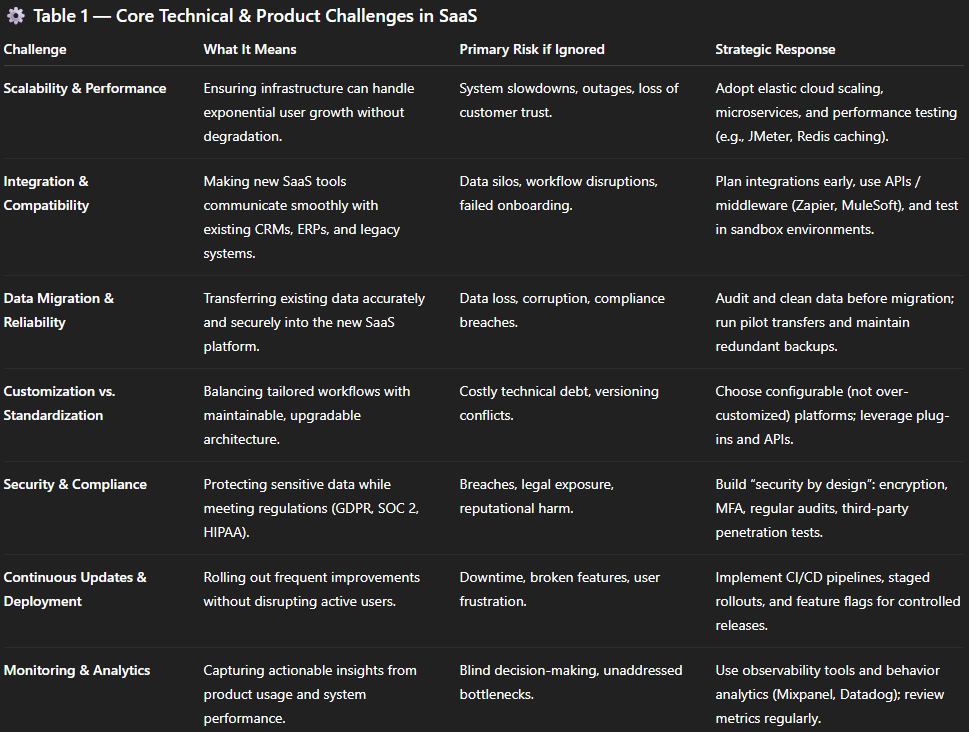
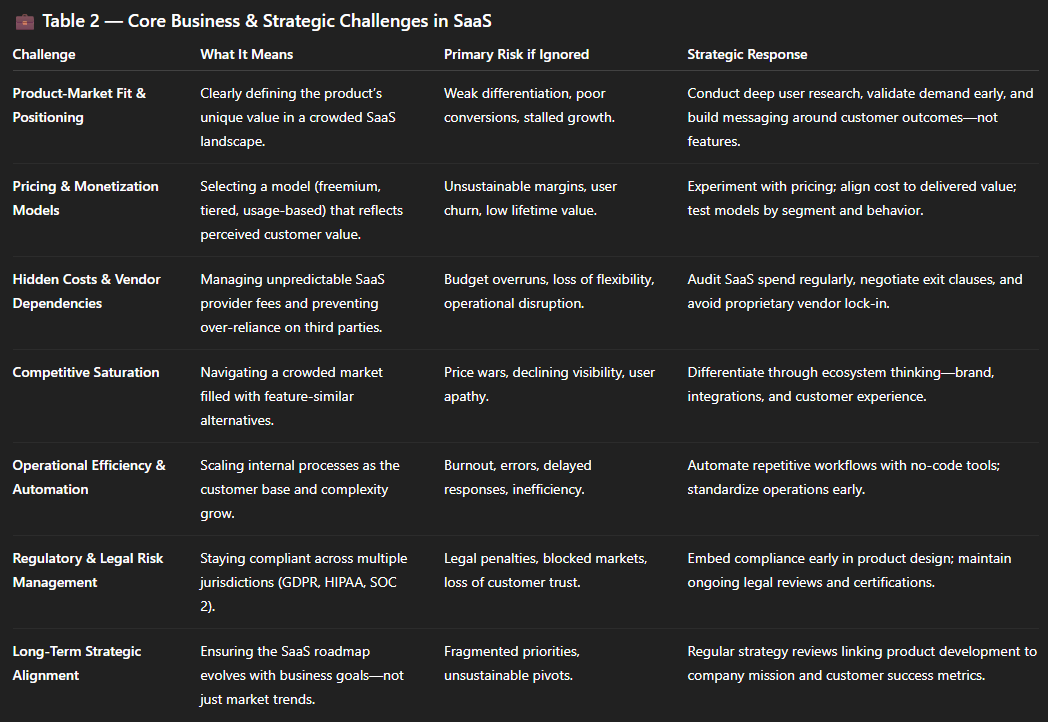
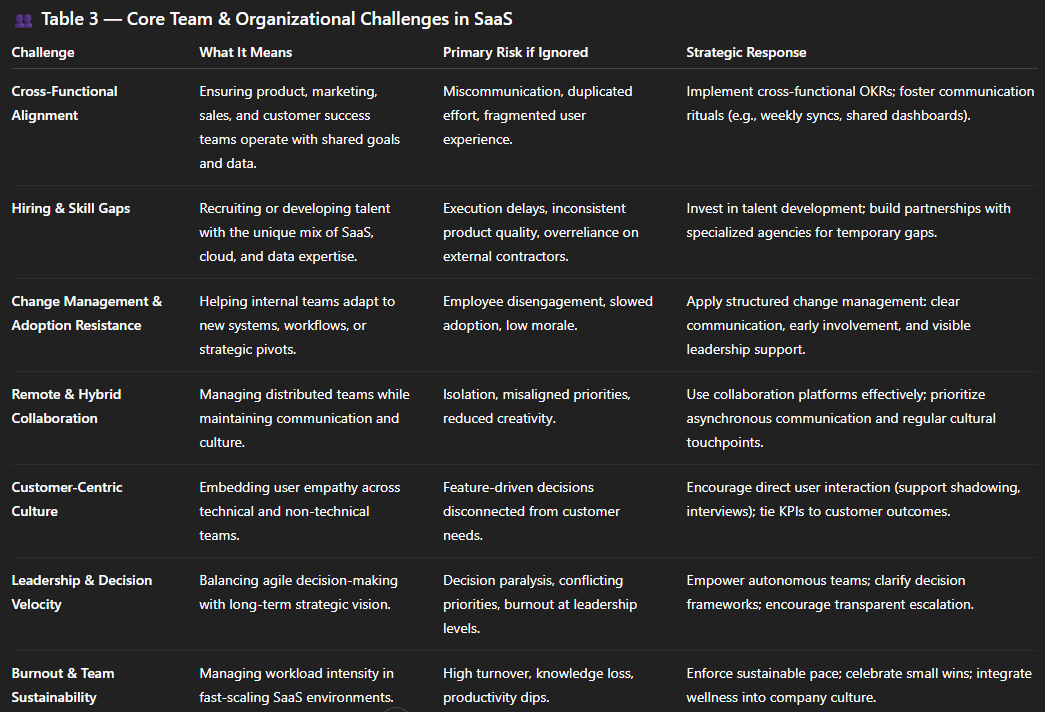
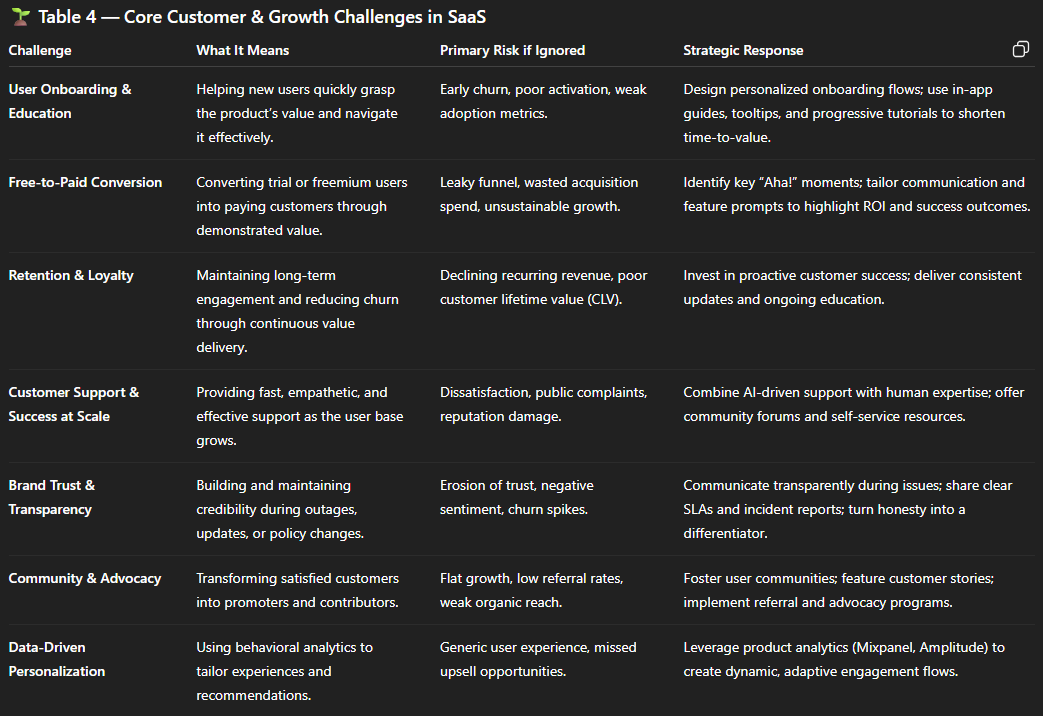
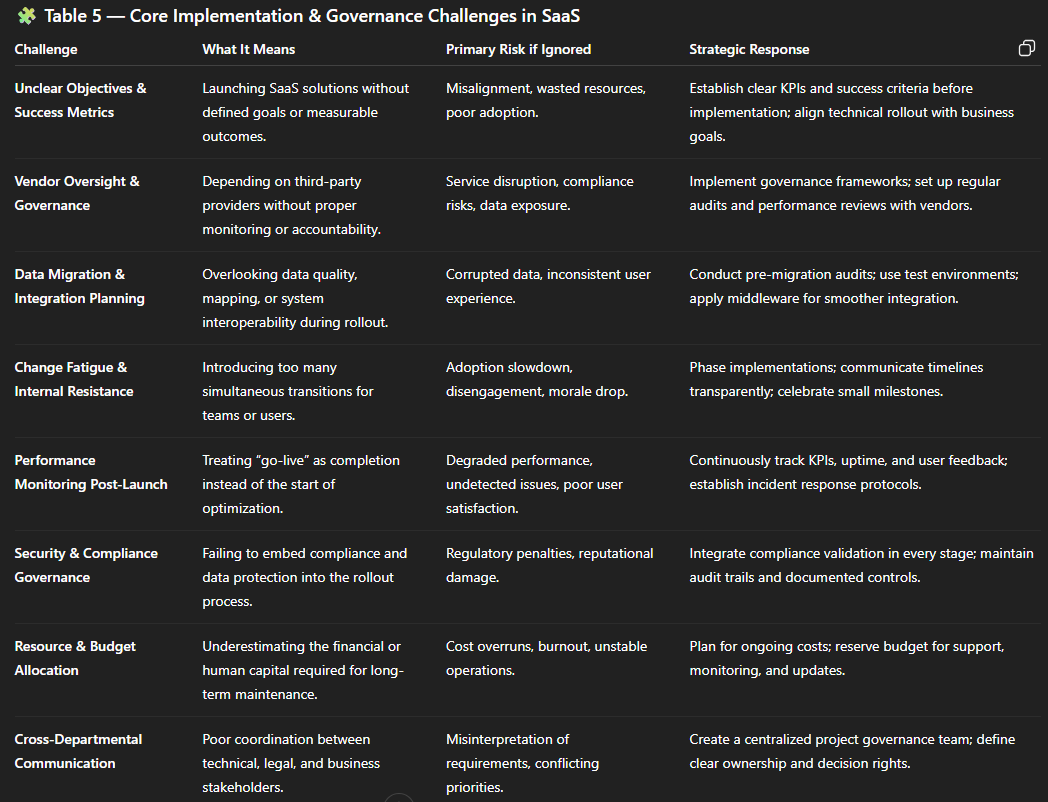
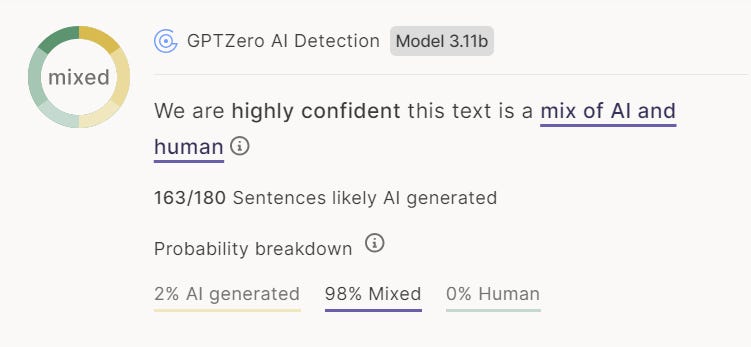
Thanks for sharing. I found out that idea of "Via Negativa" is also extremelly powerfull according to improving in any aspect